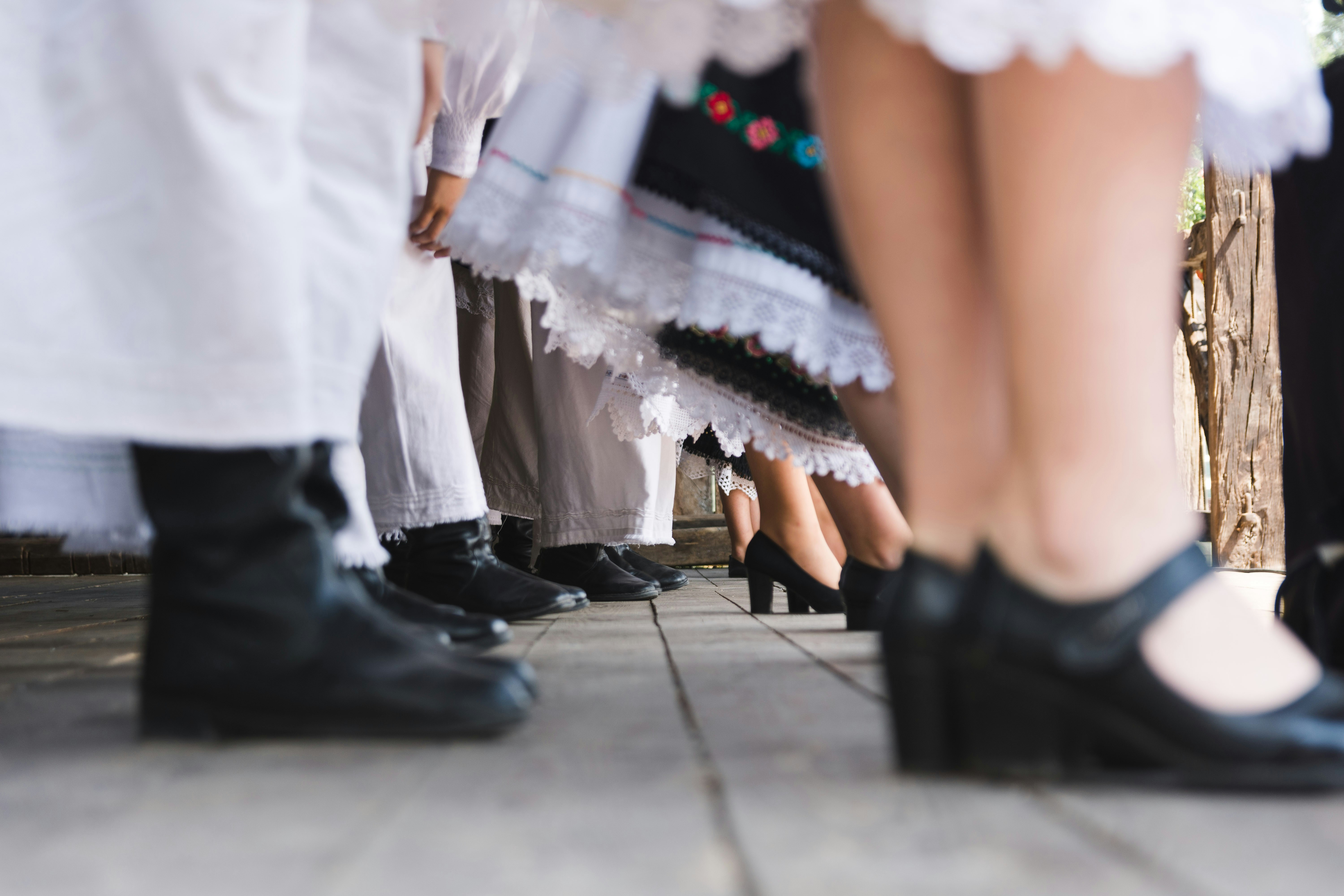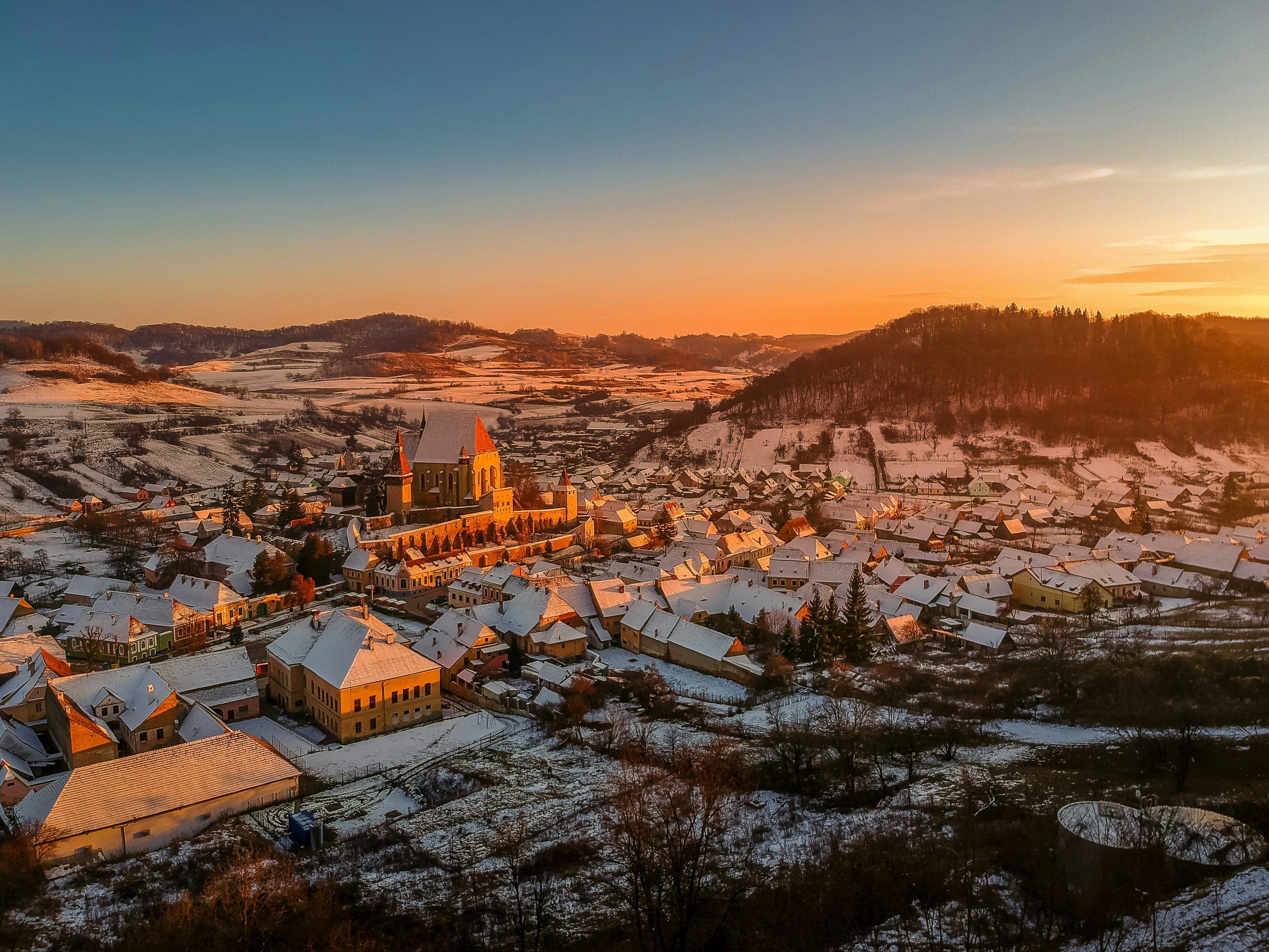Exploring the Essence of Romania: A Journey Through Mystique and Culture
April 4, 2025 | by digital@msteam.co.uk
 Photo by Theodor Vasile on Unsplash
Photo by Theodor Vasile on Unsplash The Heart of Romanian Traditions
Romania’s cultural identity is intricately woven through a mosaic of traditions that reflect its history, regional diversity, and the creativity of its people. One of the most vibrant aspects of Romanian culture is its folk music, characterized by rhythmic melodies and unique instruments such as the pan flute and the cimbalom. Folk music serves as a medium for storytelling, often conveying tales of love, nature, and historical significance. Festivals across the country, such as the George Enescu Festival and the Romanian Traditional Music Festival, celebrate this artistic heritage, bringing together various artists and listeners to appreciate these timeless melodies.
Equally significant are the traditional dances that accompany this folk music, showcasing the collective spirit of Romanian communities. Dances like the “Hora” and “Sârba” are often performed at social gatherings and celebrations, inviting participation from both young and old. These dances are not only a form of entertainment but also a means of preserving communal bonds and cultural identity, with each region adding its distinct flair and style to the performances.
The culinary landscape of Romania also embodies its rich traditions, bridging generational wisdom with contemporary tastes. Traditional dishes such as “sarmale” (cabbage rolls) and “mămăligă” (cornmeal porridge) remain staples, often prepared during festive occasions and family gatherings. Romanian cuisine reflects the agricultural heritage of the country, utilizing locally sourced ingredients and age-old recipes that are passed down through families. Culinary festivals and events celebrate this aspect of Romanian culture, allowing locals and tourists alike to indulge in authentic culinary delights.
In modern times, these traditions continue to be celebrated and adapted, with various festivals and local craftsmanship showcasing Romania’s cultural beauty. From intricate hand-woven textiles to pottery and painted eggs, craftsmanship remains at the core of Romanian identity, linking the past with the present. The celebration of these rich traditions highlights their importance in the contemporary world, ensuring they remain alive for future generations.
Natural Wonders and Scenic Landscapes
Romania is a country renowned for its breathtaking natural scenery and diverse outdoor offerings. The majestic Carpathian Mountains, which stretch throughout the central region of the country, offer a plethora of hiking trails that cater to various skill levels. Among the most notable trails is the Făgăraș Mountains’ route, which boasts some of the highest peaks in Romania, including Moldoveanu Peak, standing at 2,544 meters. Adventurers can embrace the ever-changing landscapes, from lush green valleys to rugged mountain ridges, which provide panoramic views that are simply stunning.
In addition to the Carpathians, the Danube Delta is another natural gem located in Romania. Recognized as a UNESCO Biosphere Reserve, this delta is one of the best-preserved areas in Europe, nourishing an extraordinary array of flora and fauna. Visitors can embark on boat tours along the delta’s intricate waterways, where they may encounter numerous bird species, including pelicans and herons, as well as diverse plant life unique to wetland ecosystems. The Danube Delta offers not only majesty but also serene vistas that encourage reflection and connection to nature.
Romania’s commitment to eco-tourism is evident in various national parks and protected areas, such as Retezat National Park and Piatra Craiului National Park. These regions have been meticulously preserved to showcase Romania’s rich biodiversity while promoting sustainable travel practices. Eco-tourism initiatives aim to minimize environmental impact while providing educational opportunities for visitors to appreciate the intricate relationship between humanity and nature. Through responsible tourism, Romania seeks to ensure that both its scenic landscapes and natural habitats remain intact for future generations to explore and enjoy.
RELATED POSTS
View all


